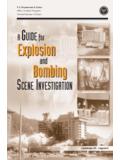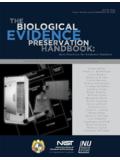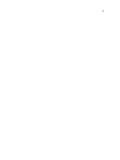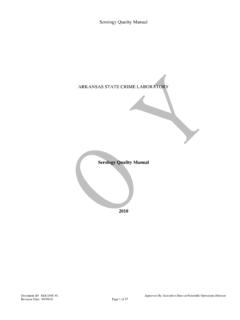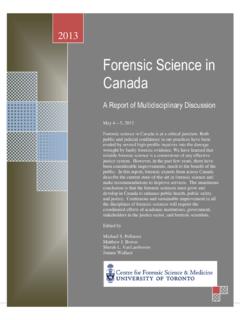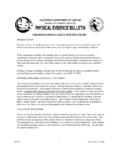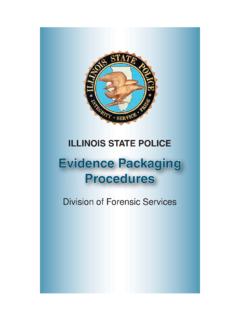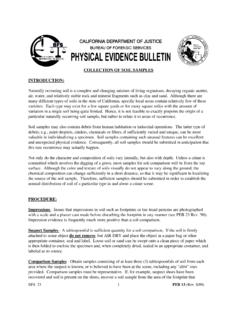Transcription of Alternate Light Sources - Crime Scene Investigator
1 Landscape Study of Alternate Light Sources January 2018 0 sq FTCoE Contact: Jeri Ropero-Miller, PhD, F-ABFT Director, FTCoE NIJ Contact: Gerald LaPorte, MSFS Director, Office of Investigative and Forensic Sciences January 2018 Landscape Study of Alternate Light Sources Landscape Study of Alternate Light Sources January 2018 Technical Contacts Rebecca Shute, MS Ashley Cochran, MS Richard Satcher, MS, MBA Acknowledgments We would like to offer our sincerest thanks to Heidi Nichols, CFPH and Detective Sergeant Kyle King, who have provided guidance throughout the development of this report and have ensured accuracy and objectivity.
2 Ms. Nichols graciously provided photos for this report to demonstrate the use of ALS in a forensic setting. The authors would also like to thank Dr. Antonio Cantu for his thoughtful review of this landscape report and for providing valuable feedback, which we believe strengthens the report. Dr. Cantu was the chief forensic scientist for the Secret Service until he retired in 2007. Public Domain Notice All material appearing in this publication is in the public domain and may be reproduced or copied without permission from the Department of Justice (DOJ). However, this publication may not be reproduced or distributed for a fee without the specific, written authorization of DOJ.
3 This publication must be reproduced and distributed in its entirety, and may not be altered or edited in any way. Citation of the source is appreciated. Electronic copies of this publication can be downloaded from the FTCoE website at Suggested citation: Forensic Technology Center of Excellence (2018). Landscape Study of Alternative Light Sources . Department of Justice, National Institute of Justice, Office of Investigative and Forensic Sciences. Landscape Study of Alternate Light Sources January 2018 3 Table of Contents Overview of Report .. 4 Introduction to Alternate Light Sources .. 9 General ALS Product Landscape.
4 13 Considerations for Selecting an ALS Device .. 15 Types of Devices .. 16 Device Considerations .. 17 ALS Applications .. 20 Crime Scene Investigation .. 20 Crime Laboratory .. 24 Forensic Biology Unit .. 24 Latent Print Unit .. 28 Trace Evidence Unit .. 32 Other Applications .. 33 ALS Photography .. 34 ALS Device 36 Featured ALS Product Landscape .. 37 Selected Single-Wavelength ALS Devices .. 38 Selected ALS Multiwavelength Units .. 39 Summary .. 42 Landscape Study of Alternate Light Sources January 2018 4 Overview of Report The National Institute of Justice (NIJ) s Forensic Technology Center of Excellence (FTCoE) at RTI international (RTI) directed this landscape study of Alternate Light Sources (ALS) with input from industry, law enforcement, forensic, and criminal justice system communities.
5 A landscape study provides a comprehensive overview of market participants, their products, and product features to enable end users to make informed purchasing decisions. This report gives an overview of currently available ALS for Crime Scene processing and laboratory applications. This document provides decision makers and end users such as laboratory directors, Crime Scene investigation unit personnel, forensic photographers, and other stakeholders with the following: Background information on ALS, the available products and manufacturers, and applications for which this technology can be used. Input from current users to inform potential technology adopters about implementation considerations for ALS, including device performance, applications, and education.
6 A comparison of the features and capabilities of ALS instruments. Cases illustrating successful adoption of ALS technology. This report also offers important considerations for decision makers purchasing for either field or laboratory settings. While multiple applications for ALS in forensic science exist, these applications represent scenarios in which ALS is most commonly used based on interviews from field experts. Landscape Study of ALS ALS examples featured in this report emit Light in the visible and ultraviolet (UV) region of the electromagnetic (EM) spectrum. These Sources cause certain materials to fluoresce, which enhances the ability to visualize specific evidence during searches and examinations in the field and laboratory.
7 Evidence illuminated by these Light Sources can be visualized by the eye using an appropriate barrier filter or documented using a standard digital camera equipped with an appropriate filter. Other ALS technologies exist in the market, such as reflected ultraviolet imaging systems (RUVIS) and infrared imaging systems. These technologies require specialized cameras or imaging systems to visualize and document evidence and are beyond the scope of this report. Alternate Light Sources are available for purchase from over 10 manufacturers. The FTCoE interviewed 21 experts across multiple forensic science disciplines and chose to highlight six instruments consistently referenced by these experts.
8 It is important to note that the FTCoE is not recommending any one instrument over another. Our goal is to present a broad scope of ALS functionalities and applications. The FTCoE suggests considering and potentially testing a variety of ALS devices to ensure an agency s specific needs are met. This FTCoE landscape study of ALS provides: Agencies a better understanding of the types of devices available and recent advances in ALS technology. User profiles that offer the insight of past experiences with ALS devices to help agencies make informed purchasing decisions. Emphasis on the value of training ALS users and available training resources.
9 Landscape Study of Alternate Light Sources January 2018 5 While the content of this report has been developed from interviews with over 20 stakeholders, the experiences of six different agencies using ALS devices have been explicitly profiled. Spread amongst the United States, these interviewees provide insight for both Crime Scene and laboratory applications. Research Methodology To conduct this landscape study, the FTCoE used a process that included the following steps: Researched secondary Sources including journal and industry literature to obtain information related to ALS capabilities, successful use cases, and procurement considerations for the devices.
10 Discussed state-of-the-art ALS technology with subject matter experts, including Crime Scene and laboratory practitioners, technology developers, and key decision makers. Attended ALS photography course to better understand the technology, obtain firsthand user experience with the devices, and discuss technology with users. Documented, summarized, and released key findings to the forensic community. UV Fluorescence Versus Reflected-UV Imaging: What s the Difference?a UV Fluorescence (Focus of this report): UV can excite electrons in a material, causing it to fluoresce. This emitted Light is at a longer wavelength and lower energy than UV, and falls within the visible Light range.
